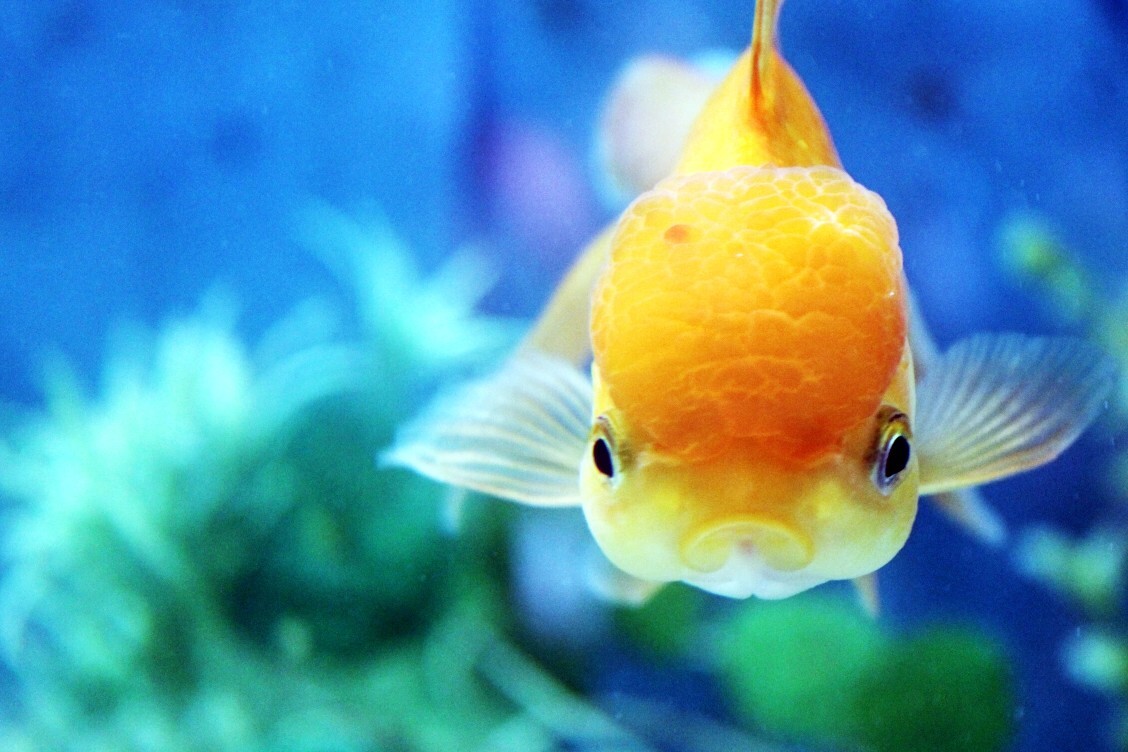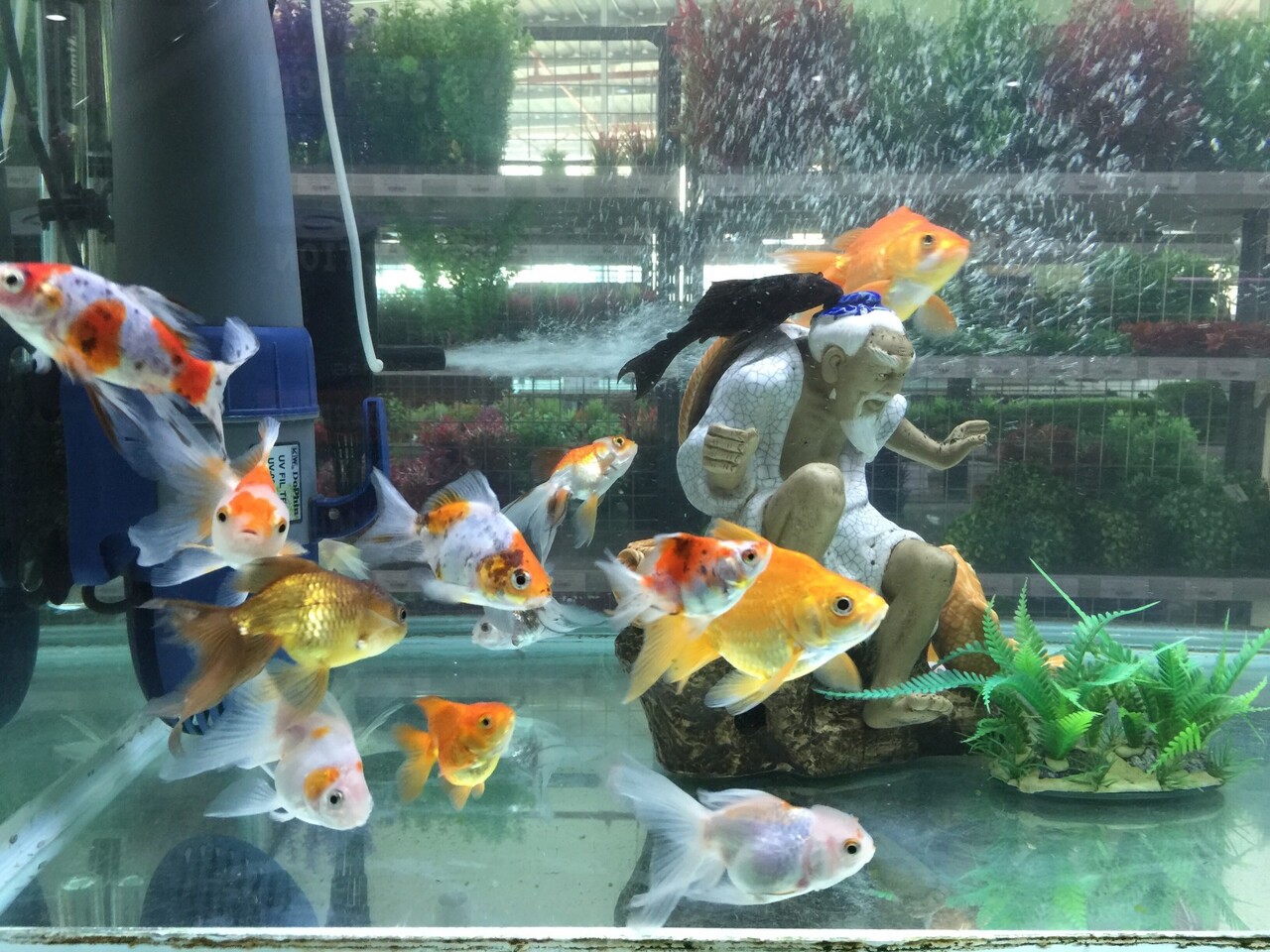6 Useful Tips On Aquarium Filter Cleaning And Maintenance

What are the tips for aquarium filter cleaning and maintenance?
- Know the different kinds of filters
- Perform daily and weekly checks on your filter
- Avoid cleaning the filter with tap water
- Prepare everything you need before cleaning
- The cleaning method will depend on your filter type
- Replace filter parts properly
After setting up your aquarium with a substrate, plants, and filters that are good for your fishes, it is easy to forget about maintenance. But aquarium filter cleaning is something that every aquascape enthusiast should properly do unless you want your livestock to become unhealthy. Because this device is responsible for removing impurities, it will fill up with debris after a while. Continue reading to learn more about these tips!
Know The Different Kinds Of Filters

Whether you’re deciding to replace your filter or don’t know how to properly clean it, knowing the different types can help you with proper maintenance. Aquarium filters can be classified according to the following:
- Mechanical Filters
- Chemical Filter
- Biological Filters
Mechanical filters work by removing solid particles from the water through a strainer, that’s why they need to be cleaned regularly. On the other hand, chemical filters take out the dissolved wastes such as ammonia and nitrate which are toxic to fish. Lastly, Biological filters convert these wastes into a less toxic form. Because it houses beneficial bacteria, it is not cleaned thoroughly.
Perform Daily And Weekly Checks On Your Filter
The frequency of filter cleaning will depend on your aquarium setup. For example, if you only have a few fish and a large filter, your maintenance will also have longer intervals.
To ensure that your filters are still doing what they’re supposed to do, daily and weekly checks are vital. If the water remains stagnant due to a non-functioning filter, there may be debris clogged in the filter inlet.
This can cause the device to overwork itself, which can lead to overheating. If you’re unsure, you can place your hand over the filter to get a feel of the water flow.
Avoid Cleaning The Filter With Tap Water
The common mistake beginners make is washing the filter with tap water. This is dangerous because it has chlorine and other harmful chemicals that are bad for your fishes. Besides, it can also get rid of the beneficial bacteria build up in your filters which can affect your aquarium’s ecosystem.
Because of this, you should only use water that has been treated with a conditioner. You can also use your aquarium water as an alternative.
Prepare Everything You Need Before Cleaning

Cleaning your aquarium filter can take more time than you would expect—especially if there is a lot of gunk to be removed. Because of this, you should always have old towels ready.
After that, you can start by disconnecting the filter plugs from the socket. If you have an inline heater, you can unplug that a few minutes before turning off the filter to allow it to cool down.
The Cleaning Method Will Depend On Your Filter Type
Cleaning will depend on the design and purpose of your aquarium’s filter. If you have a hang-on filter and in-tank filter, cleaning it will be similar to maintaining a canister and sponge filter. To help you get started, below are some cleaning tips:
Canister Filter
Place the filter into a bucket of aquarium water. After that, you can use a soft brush to gently scrub the canister, hoses, and impeller before reassembling. Before placing it back into the aquarium, fill it with clean tank water.
Sponge Filter
To clean the sponge, you can squeeze it in a bucket of aquarium water. Don’t let it get dry or else the beneficial bacteria will die. Scrub the impeller with a soft brush and use a toothpick to get rid of debris on the air filter.
Undergravel Filter
Cleaning an under gravel filter is convenient if you do it with your regular water changes. With an under gravel vacuum, you can suck the debris out of your aquarium. After that, you can refill your tank with clean water.
Replace Filter Parts Properly
Because you don’t want to shock your fishes and plants with abrupt replacements, your filter parts should only be changed when it becomes filthy—where no amount of cleaning will help. For example, you can replace half of a filter’s cartridge first then change the other half after a few weeks.
If you have filter floss, you can squeeze out the debris in a bucket of aquarium water. But if you can’t remove all the dirt, it may be time to replace it.
On the other hand, biological filters are not meant to be deep cleaned with brushes and sponge because it contains beneficial bacteria. Instead, you can swish it in a bucket of aquarium water.
Key Takeaway
Aquarium filter cleaning is a very tricky task. If you clean them too much, you will get rid of the beneficial bacteria and shock your tank’s ecosystem. The key is to be gentle with washing and replacements. With all these tips, you can keep your filters in the best condition. This will get rid of both solid and dissolved waste—such as ammonia—which can be toxic for your fishes.
In addition to filters, plants can also lessen the amount of ammonia in your aquarium. The best ones are the Amazon Sword and Hornwort because they are fast-growing plants that need more nutrients. As a bonus, these plants are also great for beginners, making them easy to care for while maintaining the function of your filters.
Share on

